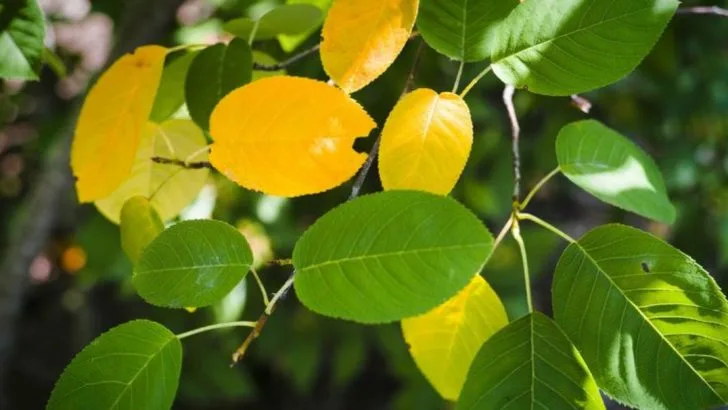Plants can’t tell us when something’s wrong, but they have their own ways of signaling stress. Whether it’s drooping leaves, discoloration, or slowed growth, these signs are your garden’s way of asking for help. Recognizing the 14 common signs of plant stress early can make all the difference between a quick recovery and a permanent loss.
Stress in plants can come from many sources: improper watering, poor lighting, pests, diseases, or nutrient deficiencies. Understanding these clues lets you adjust your care routine, protect your plants, and help them thrive again. Sometimes, a small change is all it takes to bring your greenery back to life.
In this article, you’ll learn how to spot when your plants are stressed and, most importantly, how to help them bounce back. With these tips, your garden will be healthier, happier, and more resilient all year round.
Wilting Leaves

Even the most verdant plants can have their off days, and wilting leaves are often the first sign of trouble. This condition typically hints at inconsistent watering or unfavorable sunlight exposure.
Imagine your plant as a barometer for its environment, subtly communicating its needs. Adjusting watering schedules and repositioning the plant can often lead to a swift recovery.
Remember, each plant species is unique, so understanding its specific needs can make a world of difference. Keep an eye on this silent SOS to ensure your plant thrives.
Yellowing Leaves
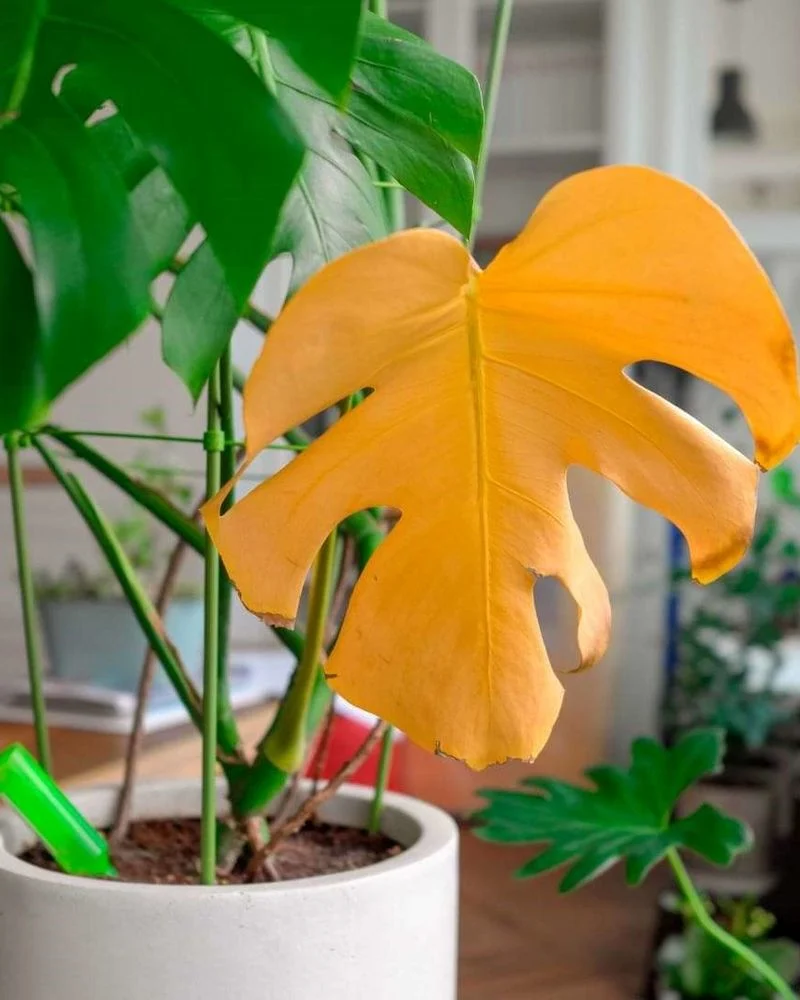
When vibrant leaves start turning yellow, it’s a cue to investigate underlying issues. This often stems from nutrient deficiencies or overwatering.
Think of yellowing leaves as your plant’s way of raising a flag. It might need a soil amendment or watering adjustment. Carefully examining the root system can also reveal signs of distress.
A proactive approach will set your plant on a path to recovery, restoring its natural vibrance. Consider yellow leaves your plant’s plea for a little extra care.
Brown Leaf Tips
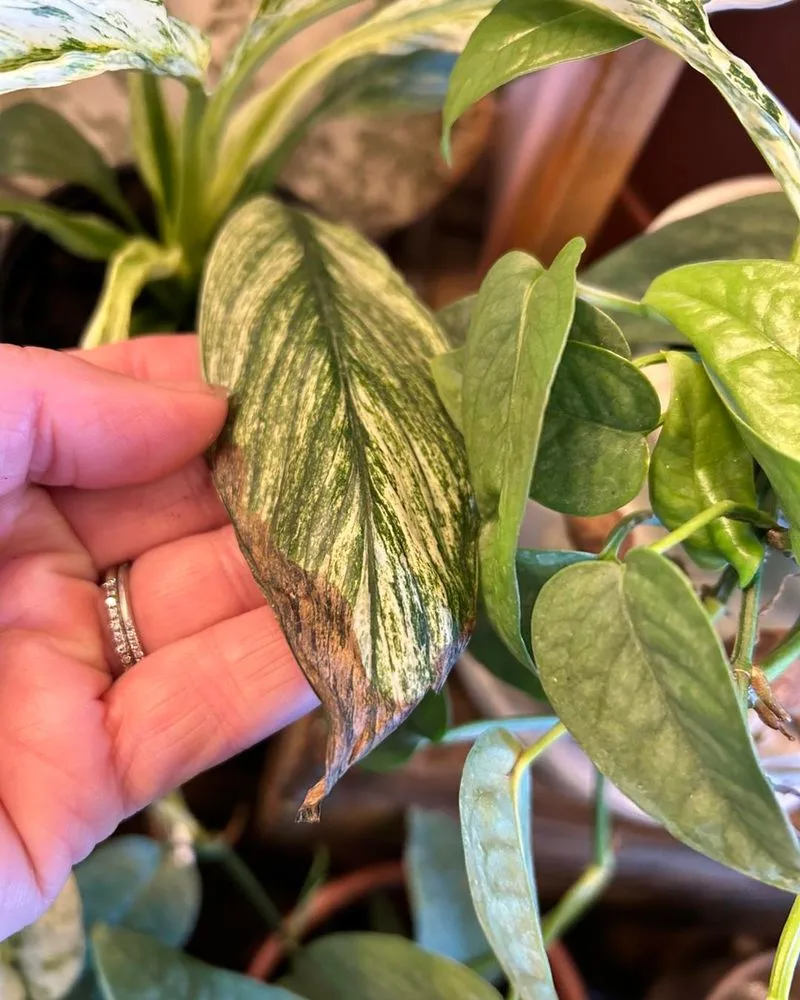
Noticing brown tips on your plant’s leaves? This is often a telltale sign of stress due to low humidity or inconsistent watering.
Picture the plant reaching out for more moisture, whether from its surroundings or through its roots. A simple solution might involve misting the leaves or adjusting the watering routine.
Addressing these crispy edges promptly can prevent further damage, helping maintain your plant’s overall health. It’s all about finding that delicate balance.
Leaf Drop

Sudden leaf drop can be alarming, but it’s often a plant’s way of coping with stress. This may occur due to environmental changes or shock from relocation.
Imagine your plant shedding excess to protect itself. Observing light, temperature, and watering changes can provide clues to the cause.
By giving the plant time to adjust to its environment, you may witness its resilience firsthand. Each fallen leaf is a step toward adaptation and recovery.
Stunted Growth
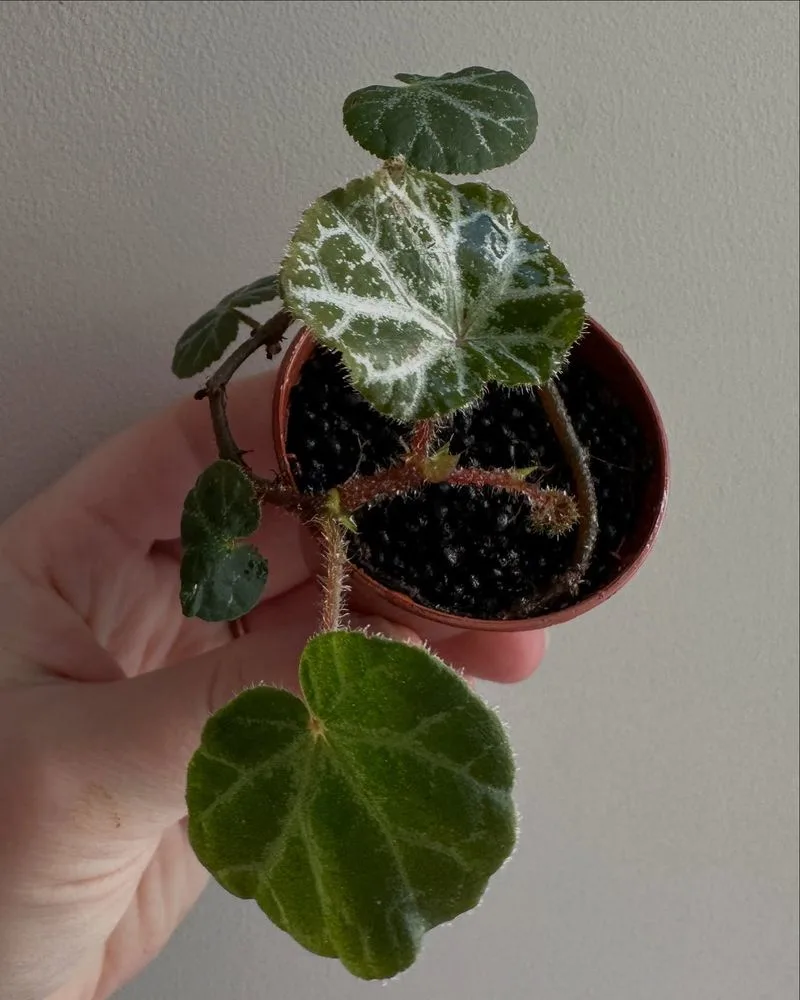
Ever wonder why your plant seems to be stuck in time? Stunted growth often results from inadequate nutrients or space constraints.
Visualize the plant yearning for a bigger pot or richer soil to expand its roots and flourish. Transplanting to a larger container can work wonders.
Providing a balanced fertilizer can also stimulate growth, turning a sluggish plant into a thriving one. This tiny titan just might surprise you with its potential.
Pale Leaves
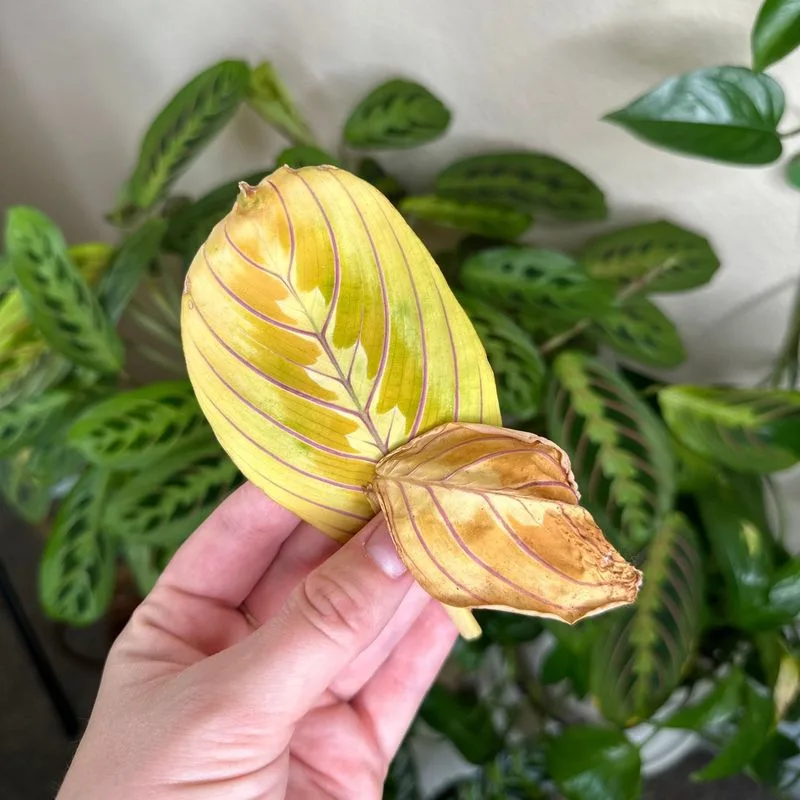
Pale leaves on a plant can symbolize a cry for help, often linked to insufficient light or nutrient imbalance.
Consider the pale leaves as a blank canvas, waiting for the right conditions to bring back their color. Ensuring the plant receives adequate light and nutrients is like offering it a palette of essentials.
Adjusting these factors can rejuvenate the plant, reviving its vibrant hue. Each leaf will thank you for the attention.
Moldy Soil
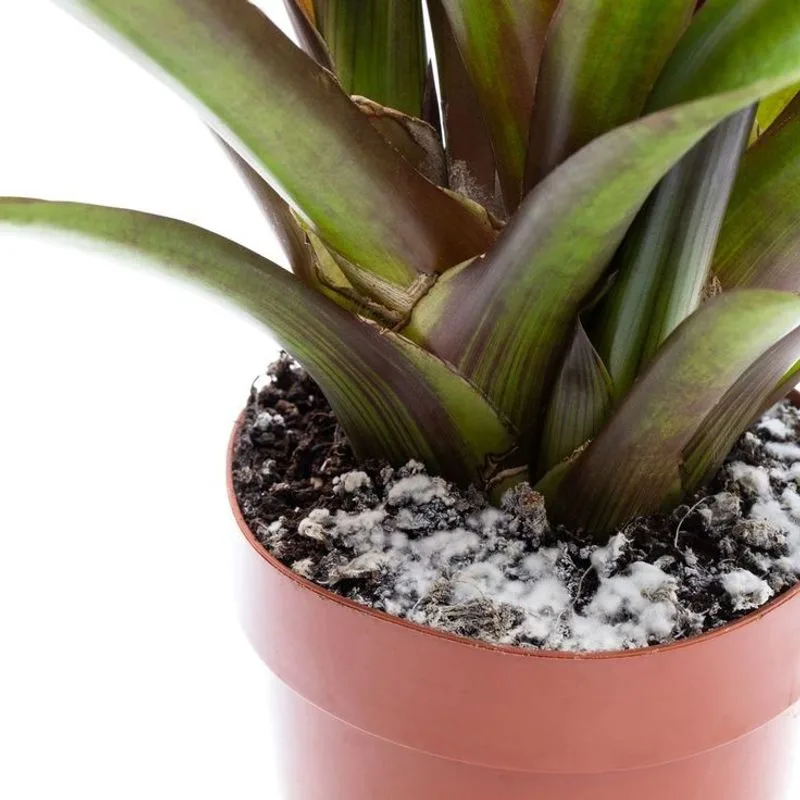
Spotting mold on soil is a red flag for excessive moisture and poor air circulation. This condition suggests that it’s time for a change in watering habits or potting mix.
Picture the mold as an unwelcome guest that thrives on neglect. Allowing the soil to dry out slightly between waterings and ensuring proper drainage can evict this intruder.
This change will help your plant breathe easier and regain its vitality, steering it clear of future fungal invasions.
Leggy Growth

Stretching towards the sun, leggy growth indicates your plant’s desperate need for more light.
Imagine it reaching out, trying to find that perfect beam of sunshine. Repositioning the plant to a brighter location can often solve this issue.
Providing enough light will strengthen its stems and promote bushier growth, turning your leggy friend into a robust specimen. A little sunlight can go a long way.
Root Rot
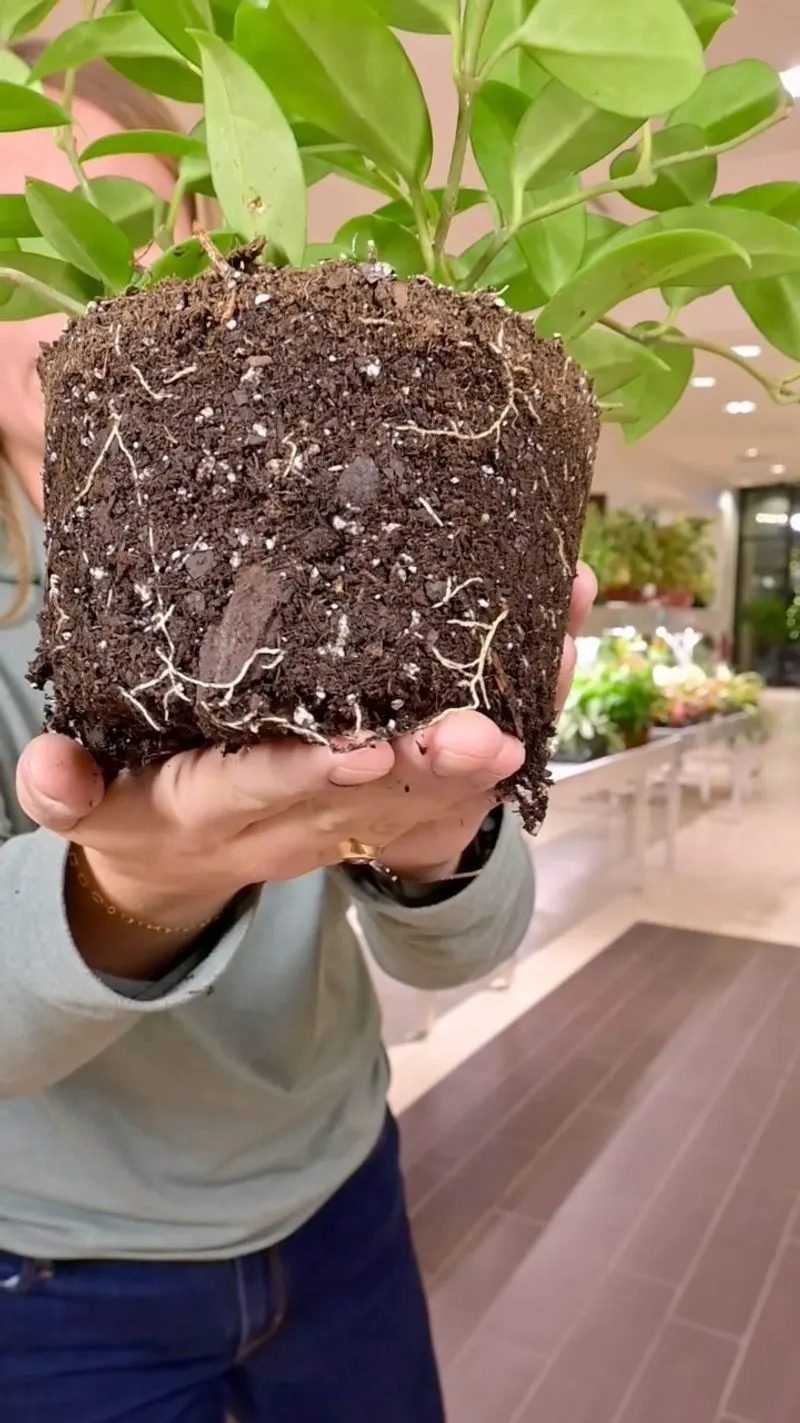
Root rot can be the silent saboteur of a plant’s health, often caused by overwatering and poor drainage.
Think of the roots as the plant’s lifeline, choking when submerged for too long. Addressing this issue requires removing affected roots and allowing the soil to dry out.
Providing better drainage will prevent further occurrences, helping the plant recover and thrive. It’s a lesson in patience and attentive care.
Leaf Curling
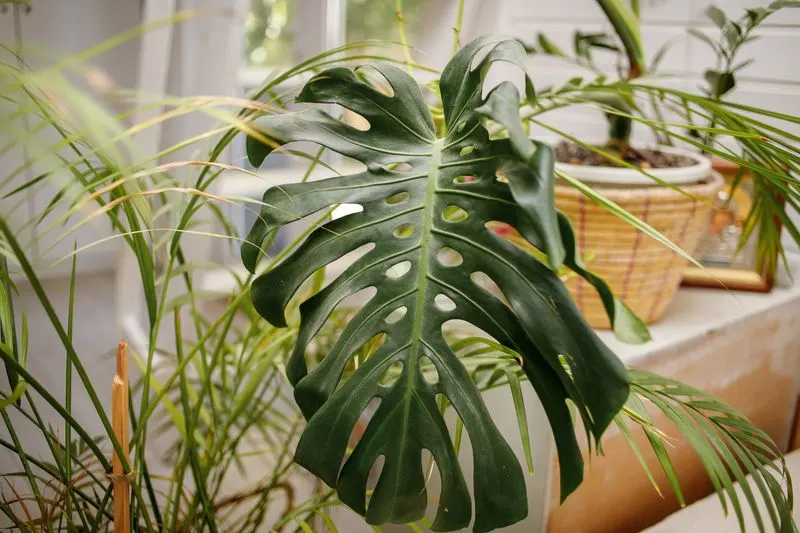
Curled leaves can tell a story of unmet needs, often related to water, temperature, or pests.
Imagine the leaves curling inward, trying to shield themselves from unfavorable conditions. Addressing the root cause, whether it’s hydration, heat, or pest control, can solve the mystery.
Restoring balance will allow the leaves to unfurl and shine, reflecting the plant’s restored well-being. It’s all about responding to the plant’s cues.
Discolored Patches
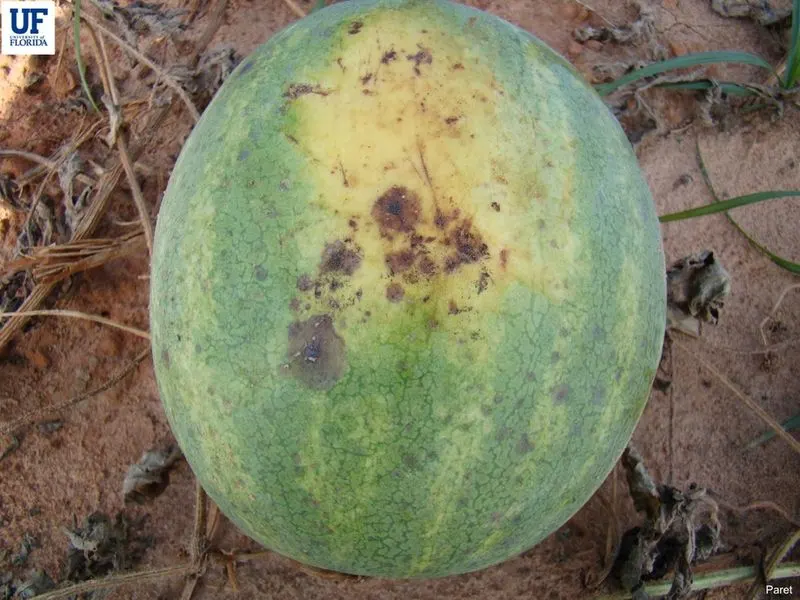
Discoloration in patches often suggests environmental factors like sunburn or nutrient imbalance.
Visualize these patches as the plant’s canvas, altered by external influences. Adjusting light exposure and ensuring a balanced diet can return its natural appearance.
This attention to detail can prevent further damage and enhance the plant’s beauty, showcasing your nurturing touch. A little care goes a long way.
Sticky Residue
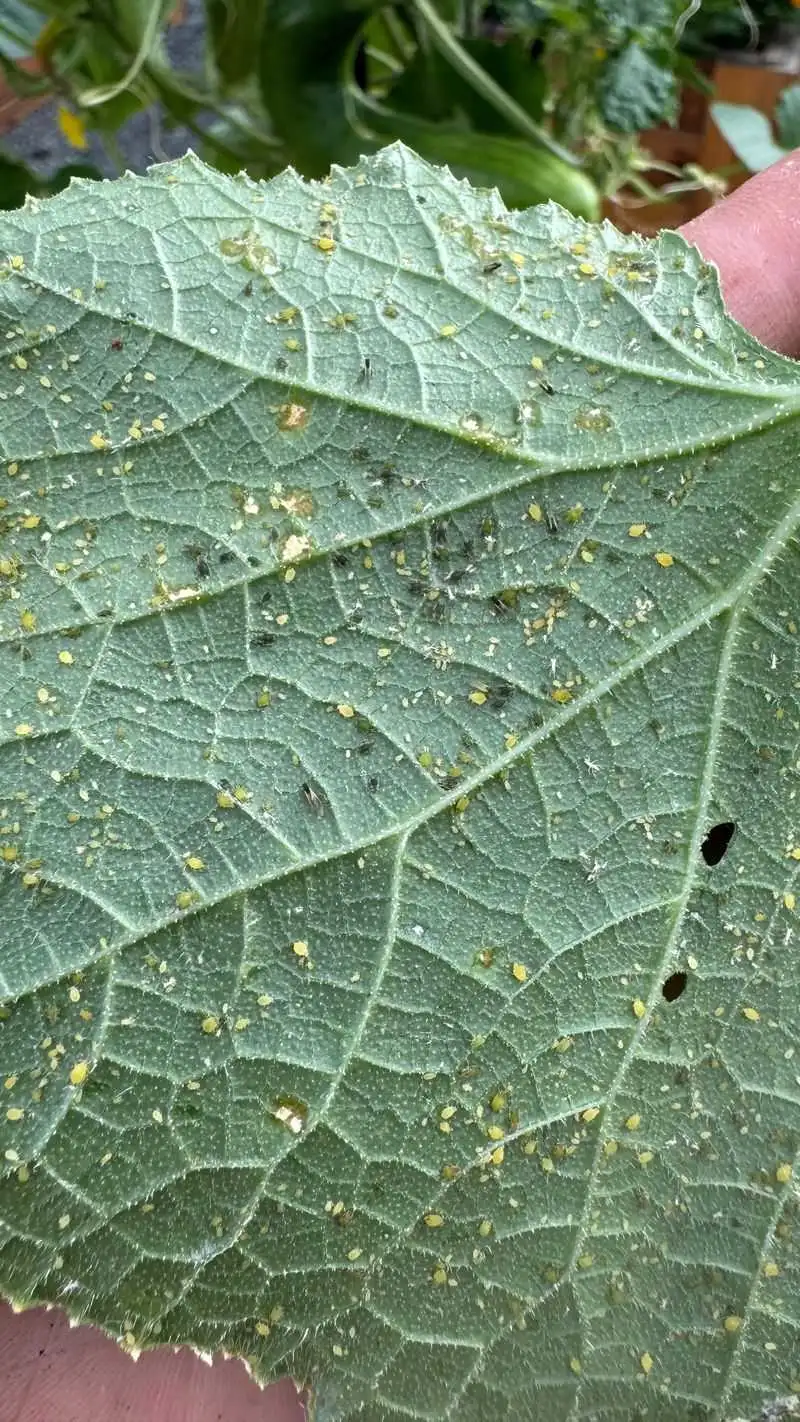
Sticky residue on leaves is often a telltale sign of pest invasion, such as aphids or scale insects.
Imagine the plant being halted by these tiny invaders. Addressing this problem involves removing pests and thoroughly cleaning the plant.
Regular monitoring and appropriate treatments will keep these pests at bay, allowing the plant to thrive unhindered. It’s all about vigilance and timely action.
Fungal Spots
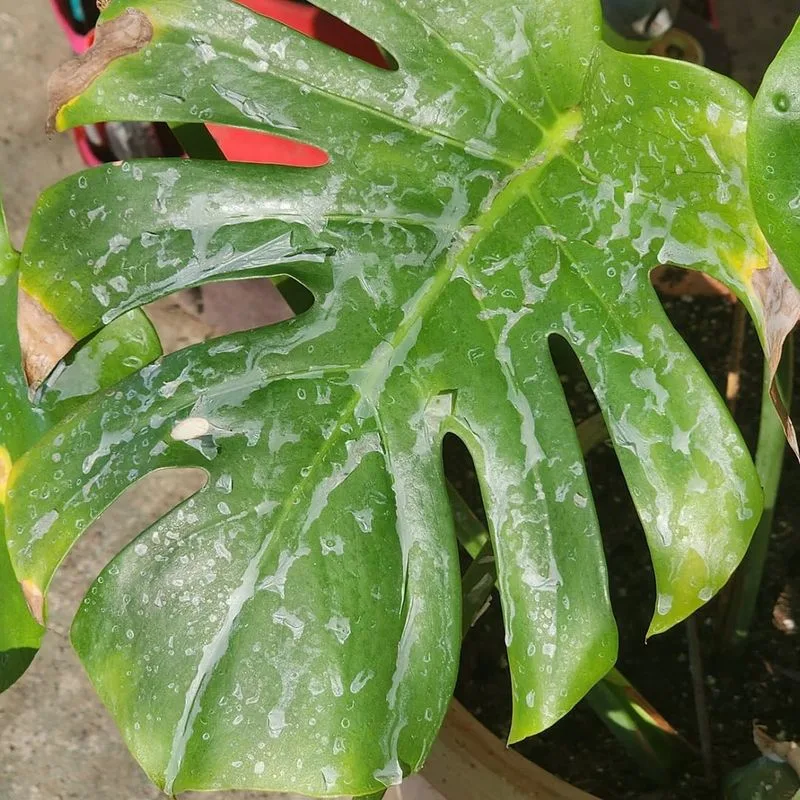
Fungal spots on leaves often signal high humidity or poor air circulation around the plant.
Think of these spots as ink blots on a page, marring the plant’s beauty. Improving airflow and addressing humidity levels can erase these blemishes.
Regular checks and precautions can prevent recurrence, ensuring the plant remains healthy and vibrant. It’s about creating an ideal environment for growth.
Lack of Flowers

Plants that fail to bloom might be silently calling for better conditions. Often, this is due to insufficient light or nutrients needed for flower production.
Consider it as the plant’s way of conserving energy for survival. Providing the right balance of sunlight and nutrients can encourage blooming.
This transformation will reward you with beautiful flowers, showing the plant’s gratitude for your efforts. Every bloom is a testament to your care.

